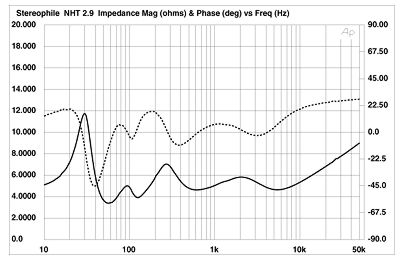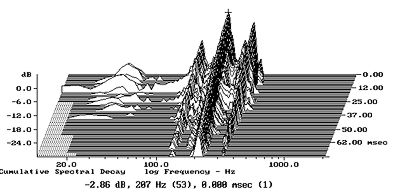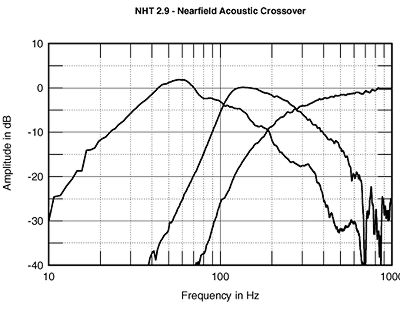| Columns Retired Columns & Blogs |
I had a pair of these speakers once, and while they did sound good, could play very loudly, and had very good bass response, I noticed a very noticeable improvement in sound - at least in my system and my room- when I switched to Thiel's CS 2 2's. But the Thiels could not match the NHT's dynamics, slam, or low bass response. In fact, I could get the passive radiator/woofers to bottom out pretty easily with very low bass program material. So I switched to CS3.6's, which sounded pretty similar to the CS 2 2's but with much better low bass response. They need to be further away from walls and corners, however, or they sound bass heavy. Even then, the CS 3.6's might not have the low bass slam and output capacity of the 2.9's. Those speakers could really rock a house.








































